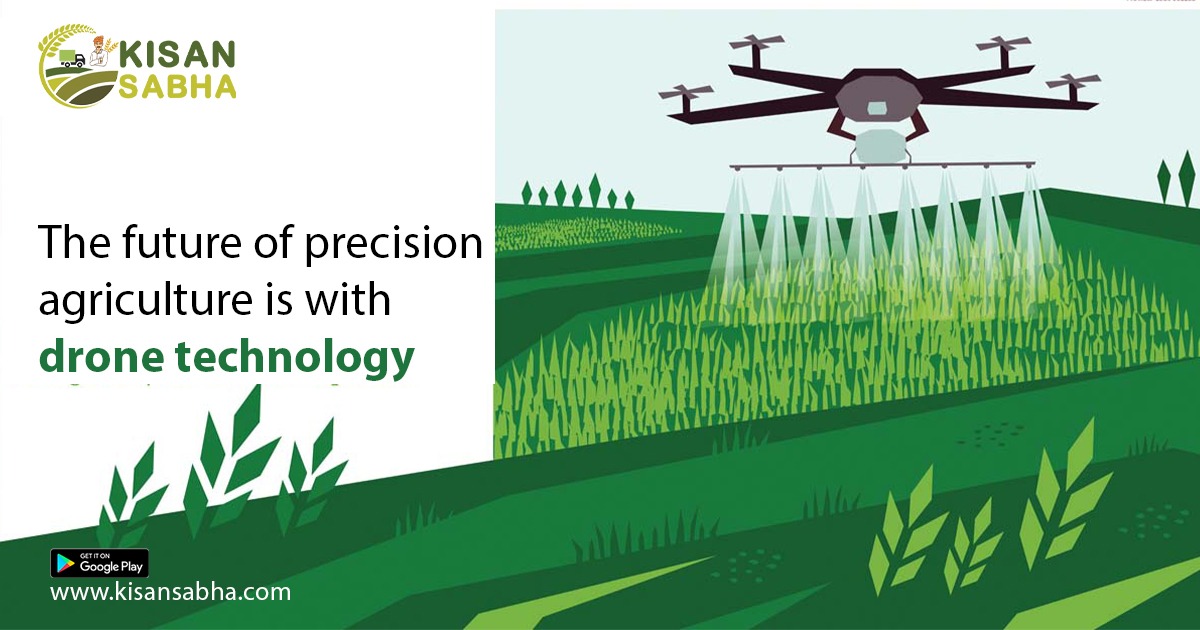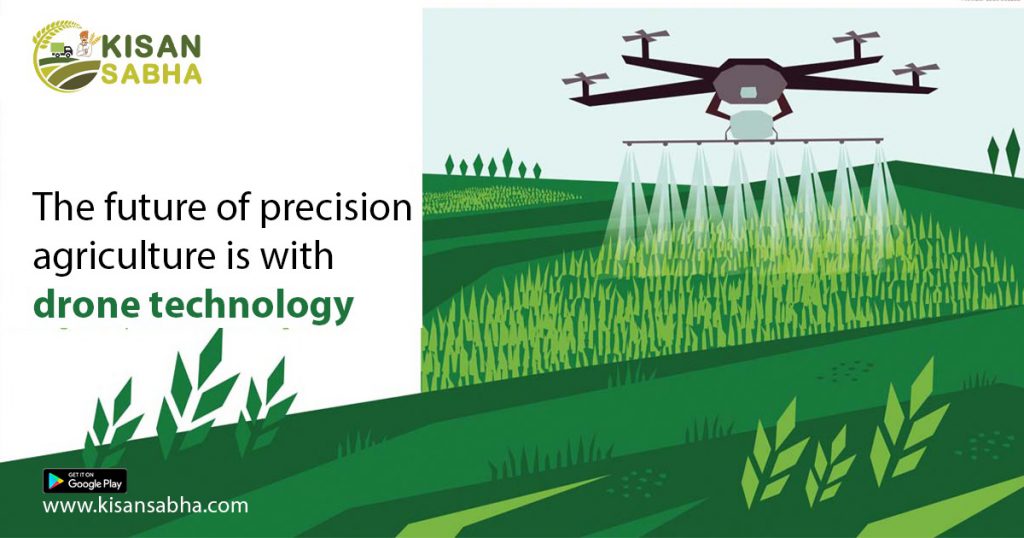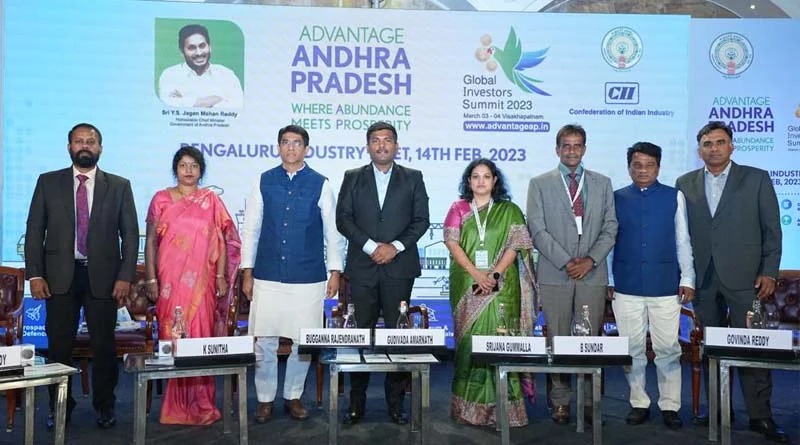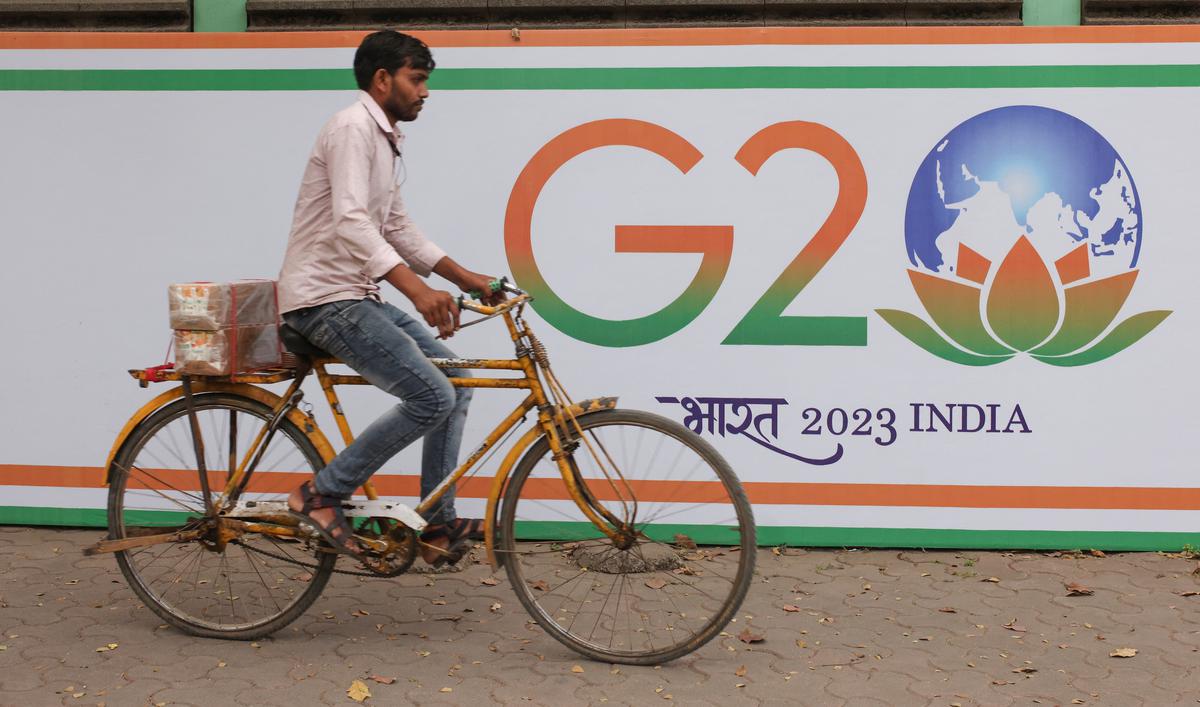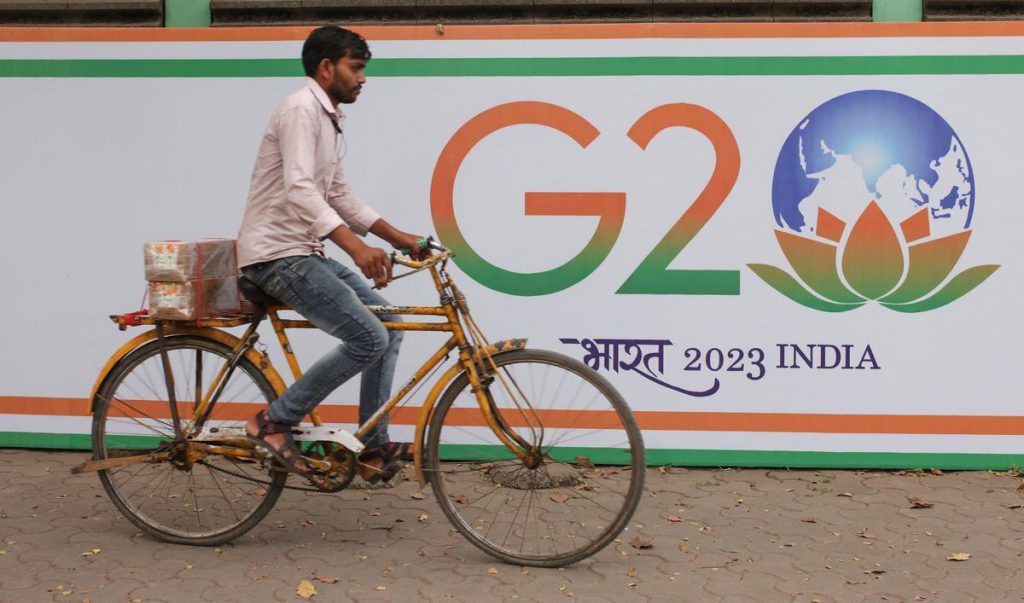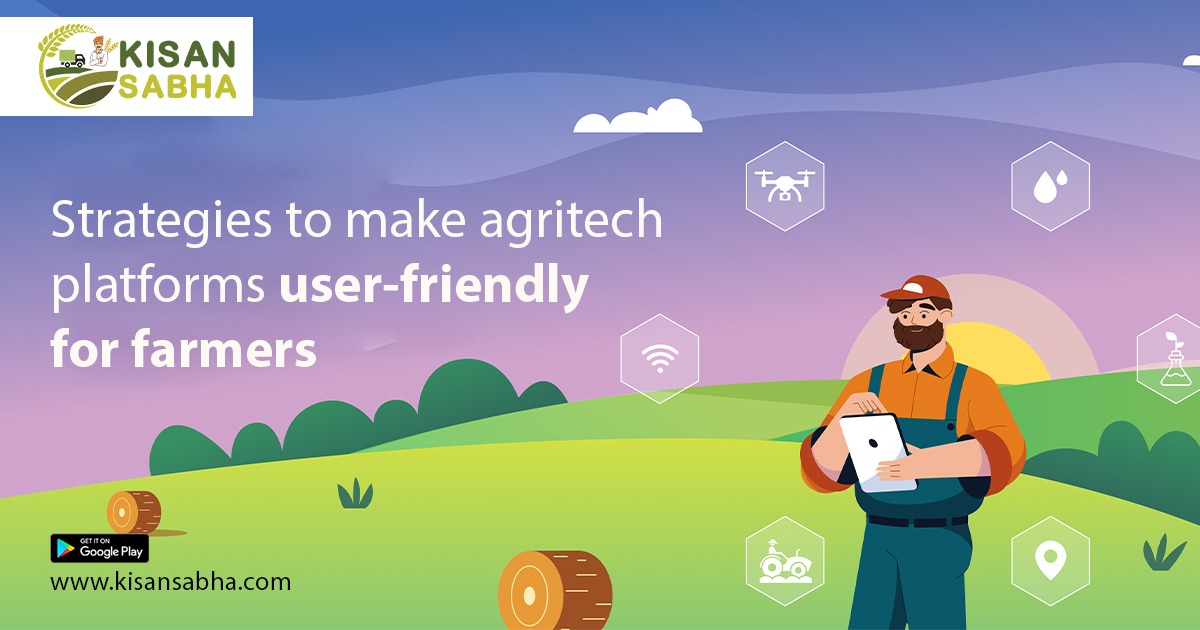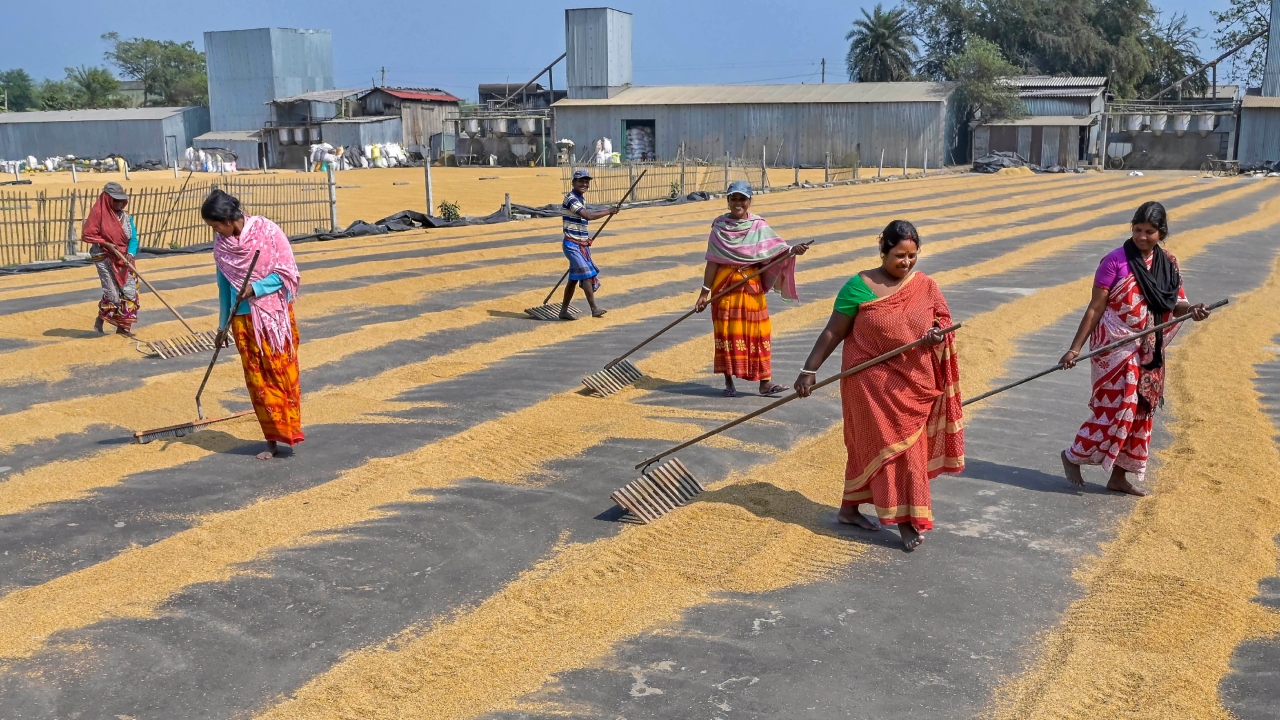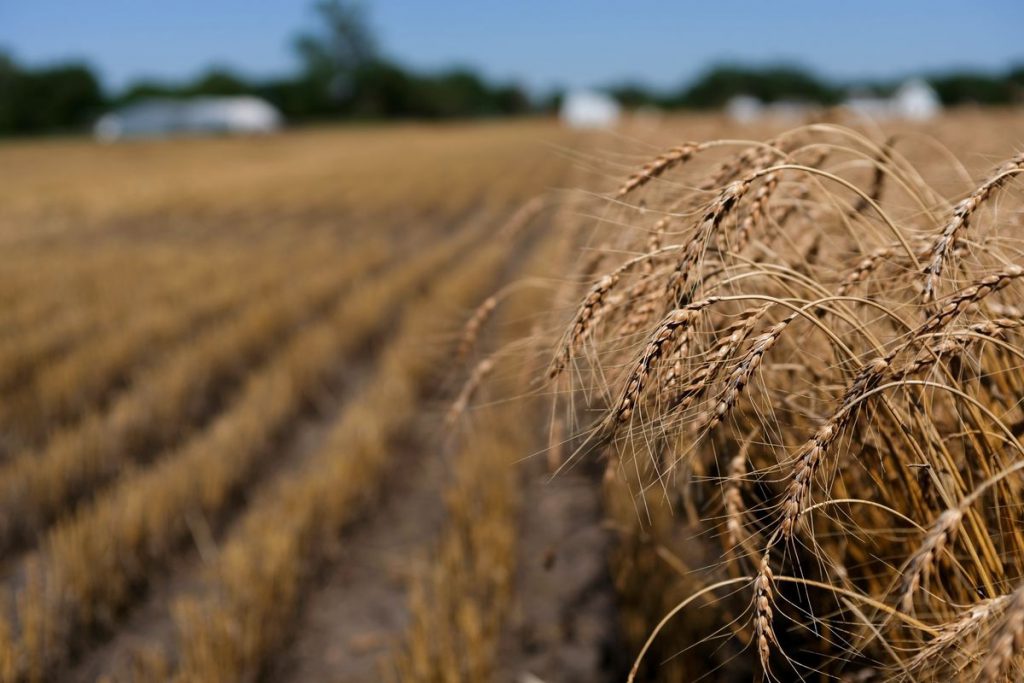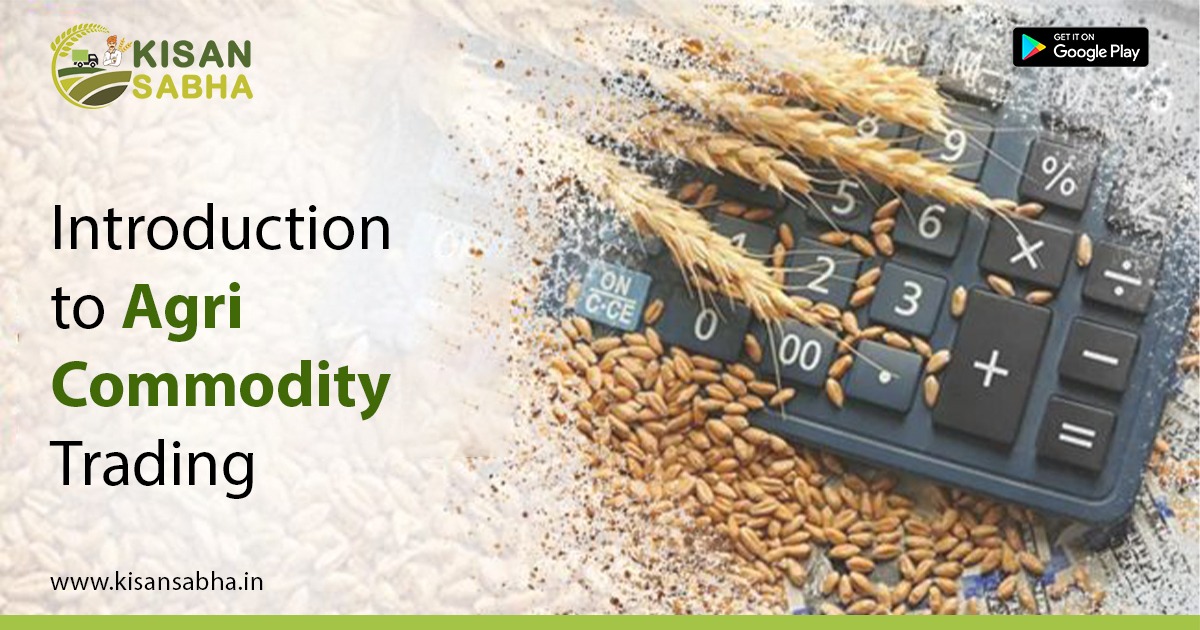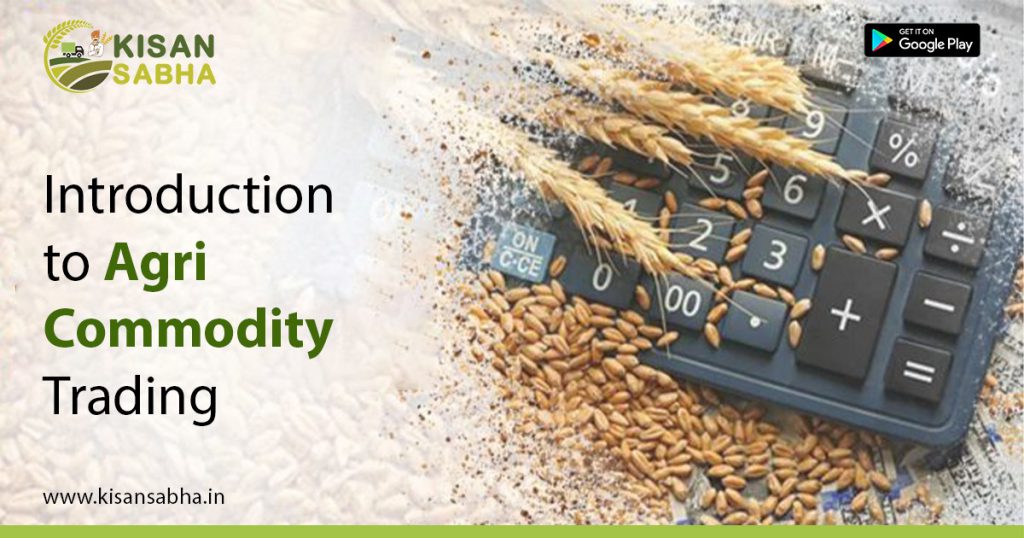Synopsis
Several parts of India are witnessing unusually warm weather for this time of the year, including in the biggest wheat-growing areas. The plants are reaching maturity or close to flowering, making them very sensitive to heat. High temperatures can result in output losses, the weather office has warned.
After an extraordinary heat wave smothered much of India last year and forced the country to restrict wheat exports, farmers are closely guarding their fields as the threat of another extreme weather event looms.
Several parts of the country are witnessing unusually warm weather for this time of the year, including in the biggest wheat-growing areas. The plants are reaching maturity or close to flowering, making them very sensitive to heat. High temperatures can result in output losses, the weather office has warned.
India’s wheat harvest is the biggest globally after China. It’s a staple in the local diet and important for food security. Prolonged heat could cut production for a second straight year, hurting efforts to control local food costs. It also means the country will likely retain export curbs, which will keep the world market tight amid dry weather in the US and the ongoing war in Ukraine.
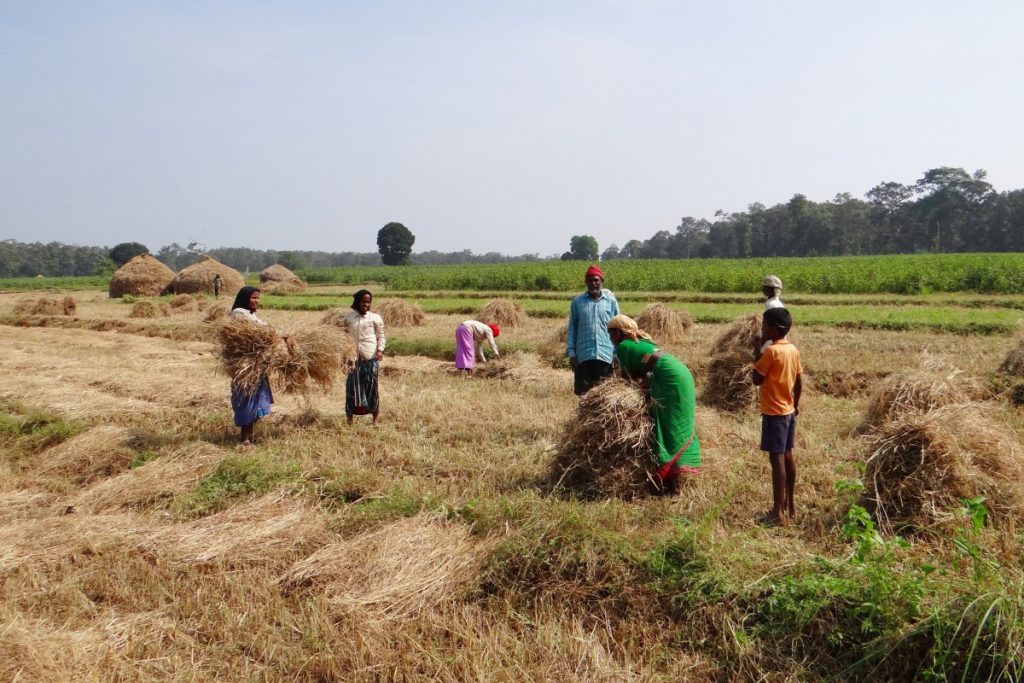
Keeping food costs in check is a top priority for Prime Minister Narendra Modi before polls in several states this year and the general election in 2024. State reserves of wheat used to supply the food program for the poor have shrunk to the smallest for this time of year since 2017, underscoring the tight supply.
While India’s crop is in good condition for now, farmers need to water their fields frequently to prevent any yield losses, said Gyanendra Singh, head of the Indian Institute of Wheat and Barley Research. They’re also advised to look out for pests and diseases that tend to thrive when the weather warms.
The farm ministry forecasts wheat production will hit a record high this season. Despite that, domestic prices have stayed elevated. The average retail cost of wheat is about 19% higher than a year ago while flour prices have jumped 20%, according to the consumer affairs department. Officials have announced the sale of 5 million tons of wheat from state reserves to cool prices.
With hot weather set to prevail, India has set up a panel to monitor the impact of rising temperatures on the wheat crop. Singh advised farmers to spray their crop with potassium chloride, a type of fertilizer, if temperatures rise above 30C (86F) in the day or 15C at night.
Read more at-https://bit.ly/3IL7CmD


